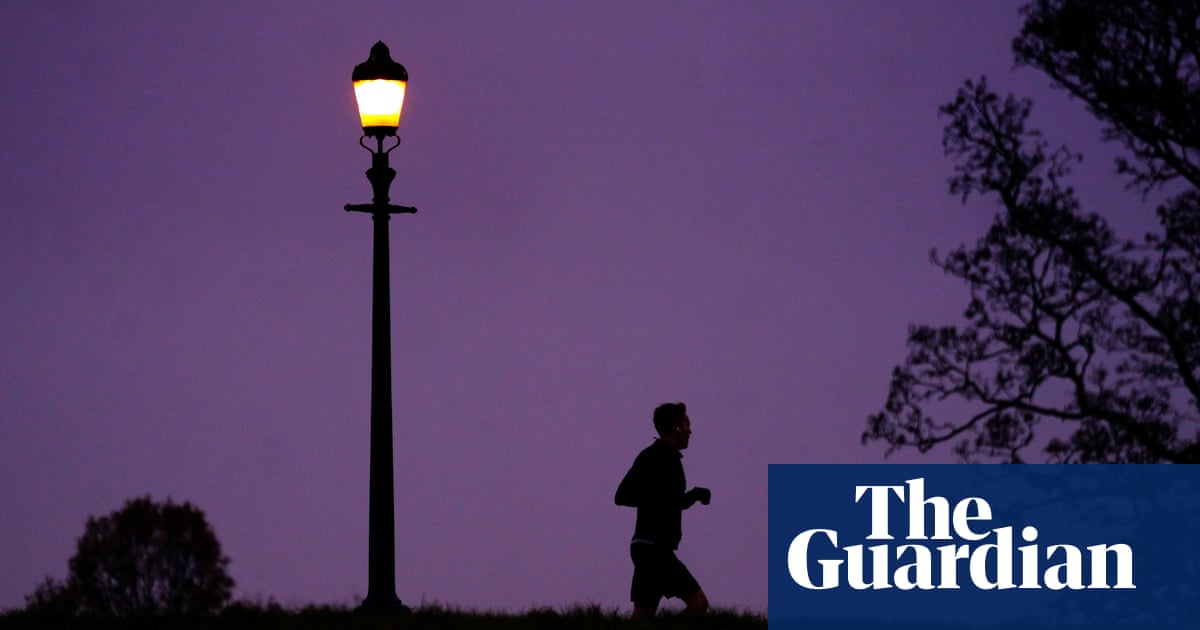
Reading the full genetic code of childhood cancers can help doctors improve diagnoses, understand how tumours will grow, and find the most effective therapies, according to a pilot study.
Doctors in Cambridge used whole-genome sequencing on 36 children with cancer and found that the extra information the test provided changed four of the patients’ diagnoses and revealed new treatment options in seven cases.
Armed with a full readout of the cancer’s DNA, clinicians refined two of their previous diagnoses, discovered more about the likely course of disease in eight children, and found possible hereditary reasons for two of the tumours.
“Our aim was to illustrate what can be achieved with whole-genome sequencing and to try and advertise its utility,” said Dr Patrick Tarpey, lead scientist for solid cancer in the east Genomic Laboratory Hub based at Cambridge University hospitals NHS foundation trust. “Locally in Cambridge it was never really in question that this would add value.”
The results are to be presented on Monday at the National Cancer Research Institute festival, a virtual online conference.
NHS England is rolling out whole-genome sequencing for childhood cancers with the aim of making the tests a routine part of care. The approach was introduced in the 100k genomes project, which led to the creation of seven genomic laboratory hubs, or GLHs, which serve hospitals around the country.
The 36 children recruited for the study had 23 different tumour types between them. All underwent standard tests to identify their cancers, but doctors sent tumour and blood samples for additional whole-genome sequencing to see whether the approach was worthwhile.
Reading the complete genetic makeup of a tumour and comparing it with the DNA of healthy tissue from the same person can flag the mutations that are driving a cancer, and potentially reveal gene variants that make the tumour susceptible to particular drugs. But while the process gives in-depth information, it is complex work and requires careful interpretation, typically taking two to three months, as opposed to the few days to weeks required for more targeted cancer tests.
Tarpey said about three-quarters of the gene variants flagged up in the study came from whole-genome analysis rather than the standard cancer tests the children had. “There are cases where the diagnosis was completely uncertain and we’ve been able to confirm it, and in doing so identify the mechanisms that impaired the genes,” he said.
One patient, Daniel, was 10 when he was diagnosed with a rare kidney tumour after numerous trips to A&E and subsequent medical tests. His tumour looked like a type of adult kidney cancer, but was extremely difficult to diagnose. Because the cancer had spread to other parts of the body, Daniel had the organ removed followed by a year of chemotherapy and three weeks of radiotherapy to destroy the secondary tumours.
As part of the pilot study, doctors used whole-genome sequencing to look more closely at Daniel’s cancer and found it was similar to Wilms’ tumour, a form of the disease that in many children can be cured with chemotherapy and radiotherapy. “The diagnosis confirmed that the clinicians had pursued the correct treatment,” said Tarpey. Daniel’s mother, Catherine, said he was now back to playing football, basketball and other sports.
Sheona Scales, paediatric lead at Cancer Research UK, said children with cancer often undergo gruelling treatments and even when the treatment is successful, the side-effects can last a lifetime.
“It is vital that we find ways to tailor treatments towards the individual and for this, whole-genome sequencing is a game-changer,” she said. “Understanding more about the makeup of a child’s cancer can help doctors make the most informed treatment choices for their patients. The hope is that this will lead to better outcomes for children with cancer, not just in terms of survival, but also in the quality of the rest of their lives.”












